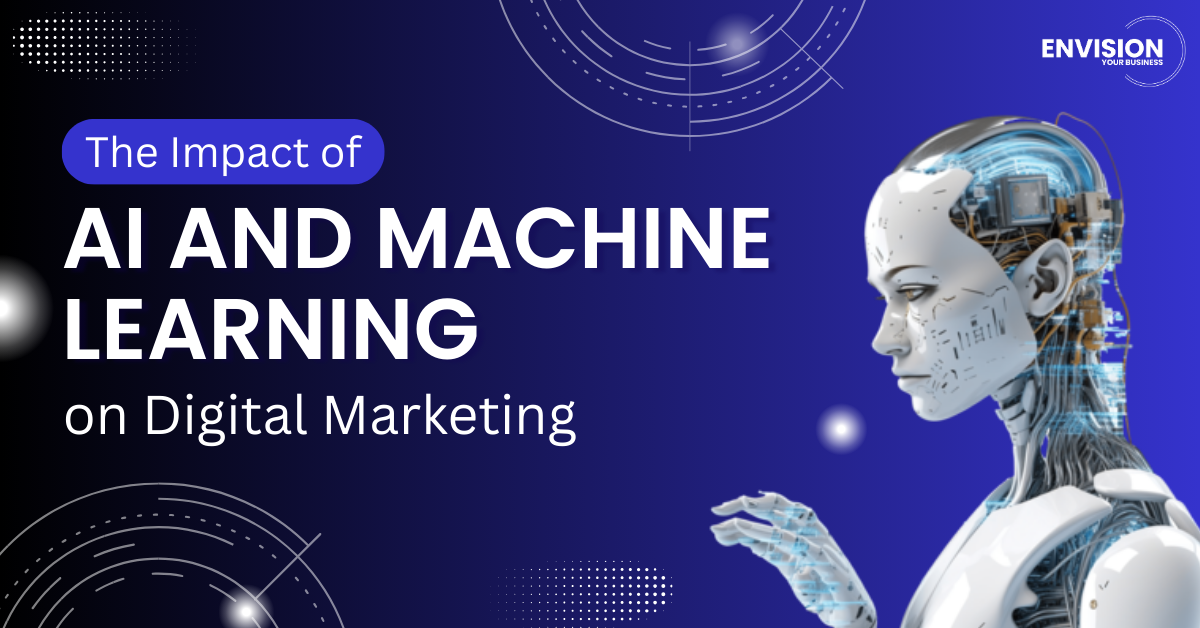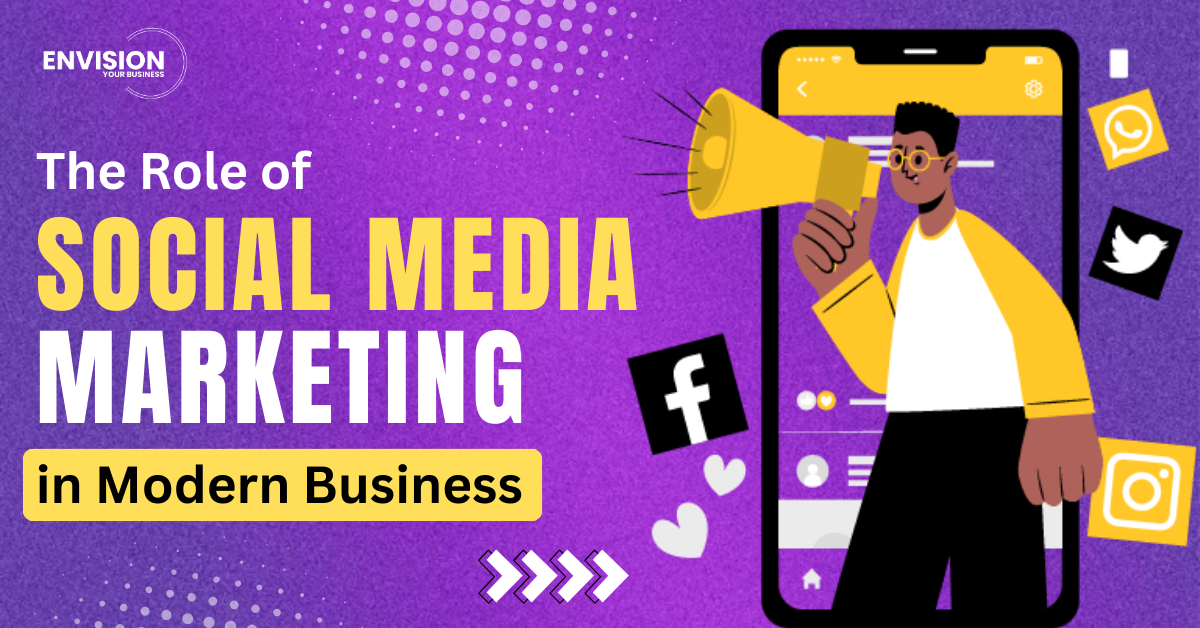
Top Digital Marketing Trends to Watch in 2025
Digital marketing is changing rapidly, and 2025 is slated to be one of the most innovative years yet. The acceleration of AI, changes in consumer behavior, and a resurgence in data privacy and authenticity are forcing marketers to reimagine not in five years, or even 24 months, but now.
In this post, we look at the 10 top digital marketing trends for 2025, including practical advice, real-world examples, and tips on preparing for them and adapting your strategy.
AI Will Become the Driving Force of Personalization
Why Does It Matters?
AI is no longer just a buzzword but the foundation and DNA of modern marketing. By 2025, AI will fuel a growing trend of personalization, with brands delivering micro-targeted content, recommendations, and offers in real time.
How Brands Are Adapting?
E-commerce companies such as Amazon and fashion labels including ASOS deploy AI to display customers personalized feeds of products. Netflix uses AI to generate recommended watchlists on behavior, which sets a high bar for the service level that a customer expects.
What You Can Do?
- Leverage AI tools such as ChatGPT, Persado, or Optimizely to scale content personalization.
- Use segmentation and behavior analytics about your customers.
- Incorporating Website Content that is Dynamic to the User_preferences.
Voice Search as an Optional Is a Thing of the Past
Why Does It Matters?
More and more people are searching by voice with the prevalence of smart assistants such as Alexa, Siri, and Google Assistant. More than half of all online searches will be voice searches by 2025.
How Brands Are Adapting?
Domino’s lets you order your pizza by voice. “When near me voice queries pop up, local businesses are going to be trying to extract every small opportunity that they can out of that.”
What You Can Do?
- Write content with conversational keywords and words that are natural-sounding.
- Use FAQs and featured snippets to address common questions.
- Local search and mobile speed are key.
Short-Form Video Content Is Still King.
Why Does It Matters?
Short-form videos (like Reels, Shorts, and TikToks) are dominating attention. Perfect for; telling a story, promotion, discount advertisements, branding.
How Brands Are Adapting?
Brands such as Duolingo and Gymshark are going viral with playful, trend-based videos. Even B2B brands are getting involved with educational Shorts.
What You Can Do?
- Turn Blog Posts Into 30-second Videos.
- Just use a tool like CapCut, InShot, or Canva Video Editor.
- Leverage trending audio and challenges, but ensure they’re brand-aligned.
Influencer Marketing Gets Hyper-Niche
“Influencer marketing,” it turns out, doesn’t just mean Kim Kardashian posing with a product.
Why Does It Matters?
A lack of trust from celebrities in micro and nano influencers who have fewer, but more engaged, followers.
How Brands Are Adapting?
Start-ups are working with micro-influencers in beauty to create relatable content from personal skincare journeys, which genuinely mitigates the effectiveness of a post.
What You Can Do?
- You can use platforms such as Upfluence or Heepsy to locate niche influencers.
- Think in terms of long-term partnerships, not one-off promotions.
- Inspire fan-generated content with your followers.
Social Commerce Hits the Mainstream
Why Does It Matters?
Consumers do not have to leave social platforms to make purchases anymore. Social platforms including Instagram, TikTok, and Facebook are introducing in-app shopping.
How Brands Are Adapting?
Small brands are racking up thousands of sales on viral videos that drive customers to product listings on the ad hoc marketplace.
What You Can Do?
- Open an Instagram or TikTok Store.
- Tags products in posts and make shoppable videos.
- Showcase product features in real time with live shopping.
Privacy-First Marketing And First-Party Data
Why Does It Matters?
Now, as Google phases out third-party cookies and we all have to live under strict privacy laws (such as GDPR, and CCPA) marketers need to collect and use first-party data ethically.
What’s Changing?
Consumers are more aware of what can be done with their data and want transparency and control.
What You Can Do?
- Exchange user emails for value (i.e., discounts, downloads).
- Utilize cookie consent tools and privacy policy generators.
- Leverage CRMs such as HubSpot to manage and nurture leads candidly.
Engagement of Interactive Content
Why Does It Matters?
Static content is so yesterday. Quizzes, polls, 360° videos, and interactive infographics are catching on since they keep users’ attention for longer.
How Brands Are Adapting?
Retailers now rely on BuzzFeed’s quiz format to suggest products, and B2B brands use calculators and assessments to qualify leads.
What You Can Do?
- Make interactive quizzes with tools such as Typeform and Outgrow.
- Distribute polls to your Instagram stories or LinkedIn posts.
- Induce infographics that respond to gestures on landing!
SEO Adapts with Google AI Changes
Why Does It Matters?
Now Google is giving Search Generative Experience (SGE) as per its new artificial intelligence algorithms. So that users can get conversational results as per their queries. So far traditional keyword stuffing is not an effective strategy nowadays. Content must be context aware and intent driven.
How Brands Are Adapting?
For example, brands are creating topical clusters and semantic-rich content that is designed to address user intent, not just keyword searches.
What You Can Do?
- Analyze search intent with Google Search Console and Semrush.
- Concentrate on the EEAT (Experience, Expertise, Authoritativeness, Trustworthiness).
- Organize your copy with FAQs, internal linking, and schema.
Smart Benefits of Automation in Email Marketing
Why Does It Matters?
Email is still a leading channel with the best ROI. Smarter segmentation and automation will drive highly personalized interactions in 2025.
How Brands Are Adapting?
E-commerce businesses use personalized emails driven by user behavior (cart abandonment, birthday offers, product views).
What You Can Do?
- Leverage software like MailerLite, Klaviyo, or ActiveCampaign.
- Automate your drip campaigns and A/B test.
- Customize the subject line, content, and time of sending.
Sustainability and Ethical Branding are Everything
Why Does It Matters?
Consumers, particularly Gen Z and millennials, are increasingly inclined to support brands that reflect their values, particularly when it comes to sustainability, diversity, and fair treatment.
How Brands Are Adapting?
Brands like Patagonia and Allbirds emphasize ethical practices, carbon footprints, and transparent supply chains in their marketing campaigns.
What You Can Do?
- Tell others about your sustainability story via your website and social media.
- Back causes and partner with mission-driven influencers.
- Be real as greenwashing is worse than no good.
How to Stay Ahead in 2025
Staying ahead in digital marketing calls for a proactive mindset. Here are several ways not to:
Stay Informed: Sign up with great marketing blogs like HubSpot, Neil Patel, and Moz.
Try Stuff: Experiment with new formats, platforms, and strategies.
Invest Into Learning: Webinars, courses, staying tuned for thought leaders.
Analyze: Make grounds for data-driven decision making: use GA4, Hotjar, and all others.
Team Up With Other Teams: Integrate with content, sales, and SEO.
Final Thoughts
2025 is the era of smart marketing, true marketing service with digital marketing trends. AI to moral branding, the trends that will shape the future are all built around one thing: developing real value for the audience.
Whether you’re a small business owner or a digital strategist, leveraging these trends will keep you ahead of the game and in front of your audience in a rapidly changing environment.
What Do You Think?
Which of these innovations of digital marketing trends have you already been serving? Which ones do you plan to try in 2025? Tell us in the comments section below!




